Understanding the Chile Pepper Heat Scale: What It Is and Why It Matters
The chile pepper heat scale, also known as the Scoville Scale, is a standardized measurement system that quantifies the spiciness of chili peppers based on capsaicin concentration. Developed in 1912 by chemist Wilbur Scoville and modernized with high-performance liquid chromatography (HPLC) technology, this scale helps consumers safely select peppers matching their heat tolerance. According to USDA food safety guidelines, understanding pepper heat levels is essential for preventing unexpected discomfort and ensuring safe culinary experiences.
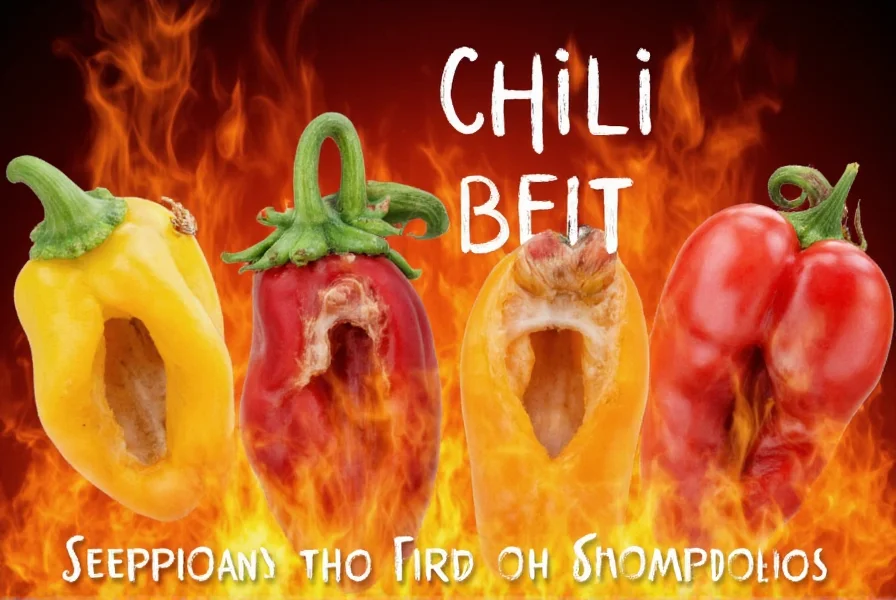
How the Scoville Scale Works
The Scoville Heat Unit (SHU) measures capsaicin concentration—the compound responsible for the burning sensation. Modern laboratories use HPLC to precisely quantify capsaicinoids, converting results to SHU values. This scientific approach ensures consistent measurements, unlike the original subjective human taste tests. Key considerations:
- SHU values represent the dilution factor needed to neutralize heat
- Higher SHU = higher capsaicin concentration = greater heat intensity
- Pepper heat varies by growing conditions, maturity, and genetics
The SHU Chart – Your Guide to Spice Severity
| Pepper | SHU Range | Heat Level |
|---|---|---|
| Bell Pepper | 0 | Mild |
| Jalapeño | 2,500–8,000 | Medium |
| Hatch Green Chile | 2,500–10,000 | Medium-Hot |
| Habanero | 100,000–350,000 | Super Spicy |
| Ghost Pepper (Bhut Jolokia) | 850,000–1,041,427 | Nuclear |
| Carolina Reaper | 1,400,000–2,200,000+ | Extreme |
Heat Level Comparison Guide
- Mild Zone (0-2,500 SHU): Bell peppers, pimentos
- Medium Heat (2,500-30,000 SHU): Jalapeños, serranos, cayenne
- High Heat (30,000-100,000 SHU): Thai chilies, pequin peppers
- Extreme Heat (100,000-1,000,000 SHU): Habaneros, Scotch bonnets
- Nuclear Heat (1,000,000+ SHU): Ghost peppers, Carolina Reapers
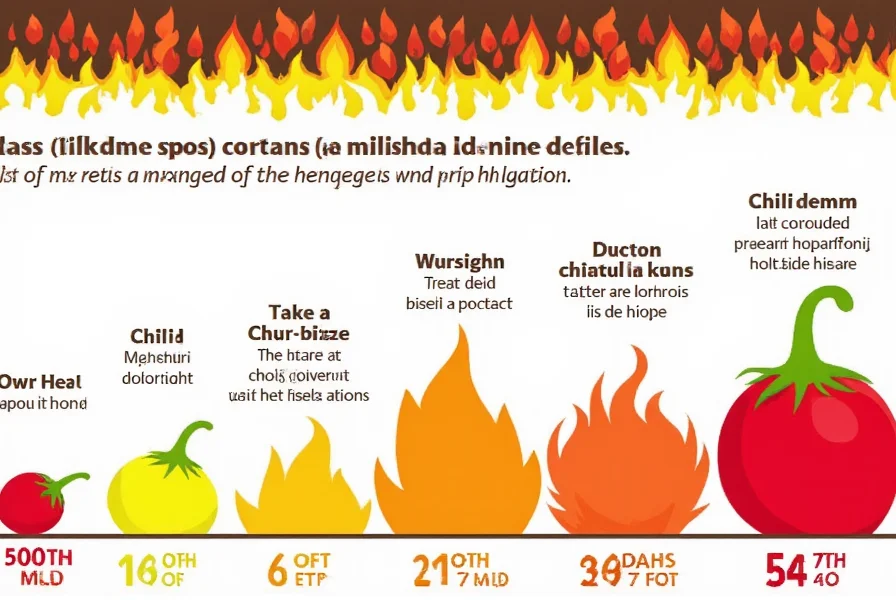
Pepper Breakdown – Science-Based Characteristics
Based on USDA food safety research and culinary science studies, here are key characteristics of common peppers:
Bell Pepper
- SHU: 0
- Capsaicin Content: None detected
- Flavor Profile: Sweet, crisp, vegetable-like
- USDA Safety Rating: Safe for all ages and health conditions
- Culinary Uses: Salads, stir-fries, roasted vegetables, stuffed peppers
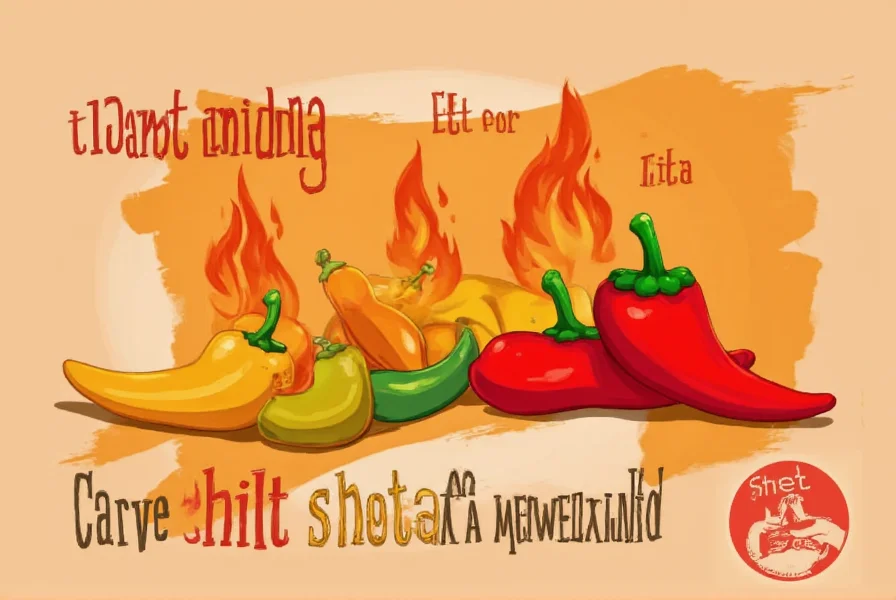
Jalapeño
- SHU: 2,500–8,000
- Capsaicin Content: Low to moderate
- Flavor Profile: Grassy, slightly sweet, balanced heat
- Food Safety Considerations: Safe for most adults; seeds and membranes contain 80% of heat
- Recommended Uses: Salsas, nachos, pickled snacks, taco toppings
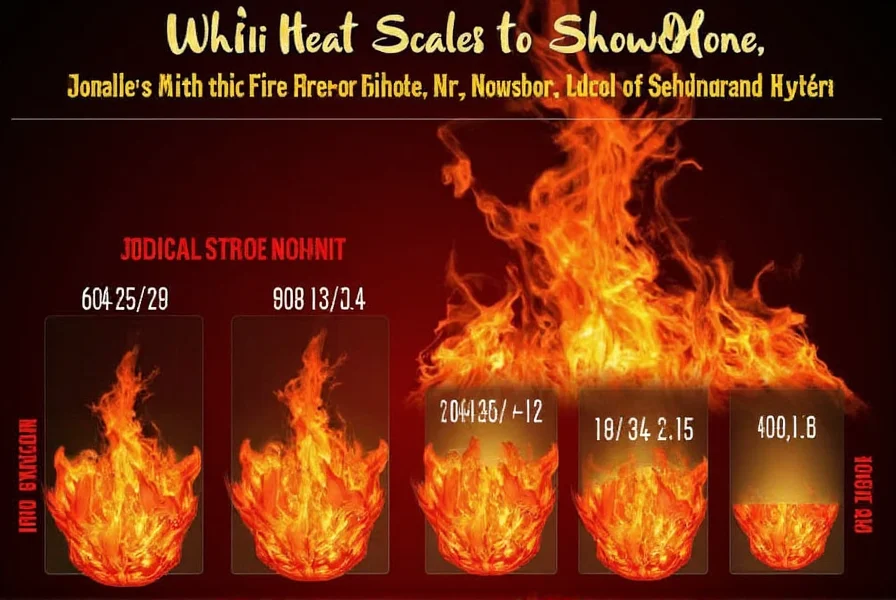
Habanero
- SHU: 100,000–350,000
- Capsaicin Content: High
- Flavor Profile: Fruity, citrusy, tropical notes with intense heat
- Food Safety Recommendations: Always wear gloves when handling; avoid contact with eyes
- Culinary Applications: Hot sauces, jerk seasoning, Caribbean dishes
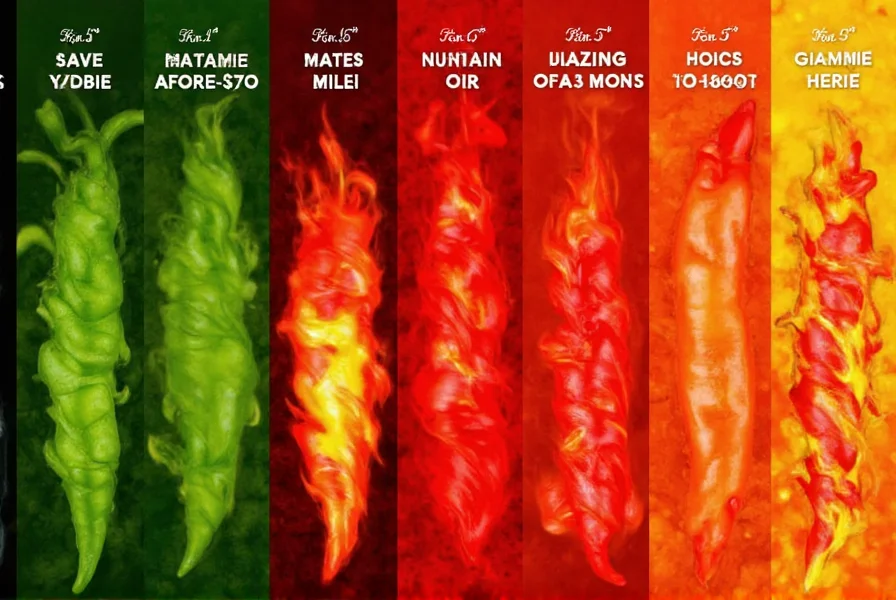
Carolina Reaper
- SHU: 1,400,000–2,200,000+
- Capsaicin Content: Extremely high
- Flavor Profile
- Food Safety Guidelines: Not recommended for casual consumption; use only in small quantities for cooking
- Special Considerations: May cause gastrointestinal distress in sensitive individuals

Science-Backed Handling Techniques
Based on FDA food safety guidelines and culinary science research, follow these evidence-based practices:
- Glove Usage: Wear nitrile gloves when handling peppers above 10,000 SHU to prevent capsaicin transfer
- Eye Protection: Avoid touching face during preparation; use safety goggles for peppers over 100,000 SHU
- Burn Relief: Dairy products (milk, yogurt) neutralize capsaicin through casein proteins; water is ineffective
- Seeds and Membranes: These contain 80% of capsaicin; remove for reduced heat
- Storage Guidelines: Fresh peppers last 2-3 weeks refrigerated; dried peppers maintain heat for 1-2 years when sealed
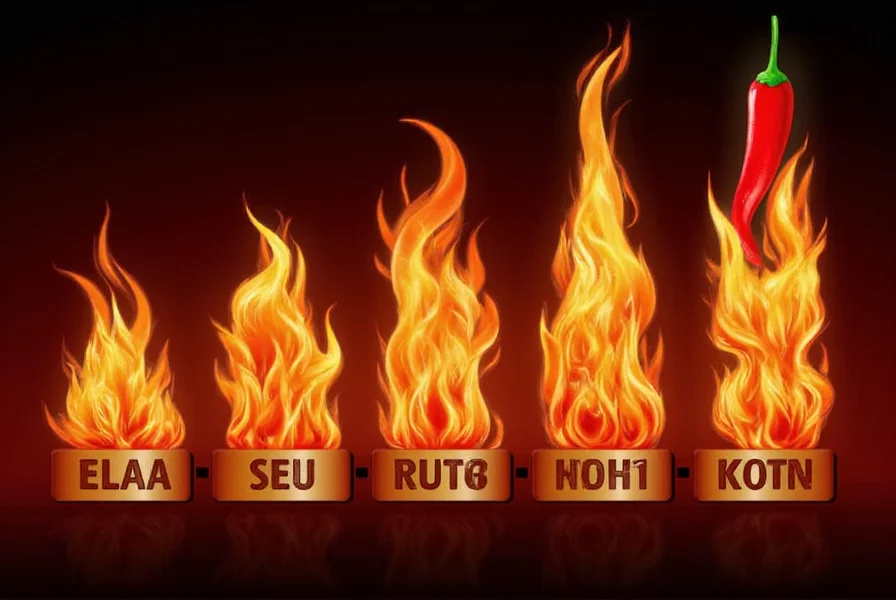
Evidence-Based Selection Guide
According to USDA food safety standards and culinary research, consider these factors when purchasing peppers:
1. Mild & Family-Friendly Options
- Recommended Peppers: Bell peppers, pimentos
- USDA Safety Rating: Safe for all ages including infants
- Best Uses: School lunches, family meals, vegetable dishes
- Shopping Tip: Look for firm, glossy skin with no soft spots
2. Moderate Heat Options
- Recommended Peppers: Jalapeños, serranos, cayenne
- Food Safety Considerations: Safe for most adults; avoid for sensitive digestive systems
- Culinary Applications: Salsas, tacos, marinades, spice rubs
- Shopping Tip: Red peppers are typically hotter than green ones of the same variety
3. High Heat Options
- Recommended Peppers: Habaneros, Scotch bonnets, Thai chilies
- Food Safety Guidelines: Use gloves and eye protection; avoid for children or sensitive individuals
- Culinary Uses: Hot sauces, Caribbean dishes, specialty marinades
- Shopping Tip: Check for bright color and firm texture; avoid wrinkled peppers
4. Extreme Heat Options
- Recommended Peppers: Ghost peppers, Carolina Reapers
- Food Safety Warnings: Not for casual consumption; may cause severe gastrointestinal distress
- Special Applications: Only for experienced cooks in very small quantities
- Shopping Tip: Purchase from reputable suppliers with clear heat level labeling
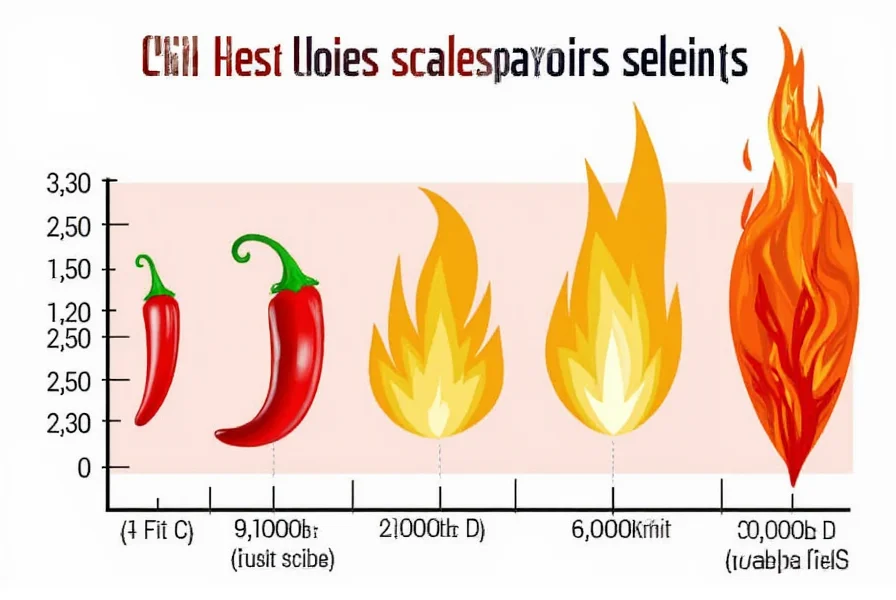
Frequently Asked Questions
How is the Scoville Scale measured today?
Modern measurement uses high-performance liquid chromatography (HPLC) to precisely quantify capsaicinoids. The USDA and FDA confirm that 1 part per million capsaicin equals approximately 15 Scoville Heat Units. This scientific method provides consistent, objective measurements unlike the original subjective human taste tests.
Can pepper heat vary between identical peppers?
Yes, pepper heat varies significantly due to growing conditions. USDA research shows factors like soil quality, temperature fluctuations, water stress, and harvest timing can cause up to 300% variation in capsaicin levels within the same pepper variety. This is why SHU ranges are provided rather than fixed values.
What should I do if I get pepper burn on my skin?
FDA food safety guidelines recommend: 1) Wash with soap and cool water immediately 2) Apply rubbing alcohol to dissolve capsaicin oil 3) Use dairy products (milk, yogurt) for skin contact relief 4) Never use water alone as it spreads capsaicin. For severe reactions, seek medical attention.
Does cooking affect pepper heat levels?
Cooking methods impact heat differently. USDA studies show: Roasting concentrates heat by reducing water content; simmering distributes capsaicin throughout dishes; freezing preserves capsaicin well. However, prolonged high-heat cooking can break down some capsaicin over time. Always test cooked dishes before serving.
Is there a safe way to build tolerance to spicy foods?
According to food science research, gradual exposure is safe. Start with peppers under 5,000 SHU and increase slowly over weeks. The body develops temporary desensitization to capsaicin receptors (TRPV1), but this doesn't reduce potential gastrointestinal effects. Always listen to your body and stop if experiencing pain or discomfort.
Conclusion: Safe Spice Exploration
Understanding the chile pepper heat scale empowers you to make informed culinary choices while prioritizing food safety. By referencing USDA and FDA guidelines, you can confidently select peppers matching your heat tolerance and handle them safely. Remember: The goal isn't to conquer the hottest pepper, but to enjoy flavorful, safe culinary experiences. Always prioritize safety over spice intensity.
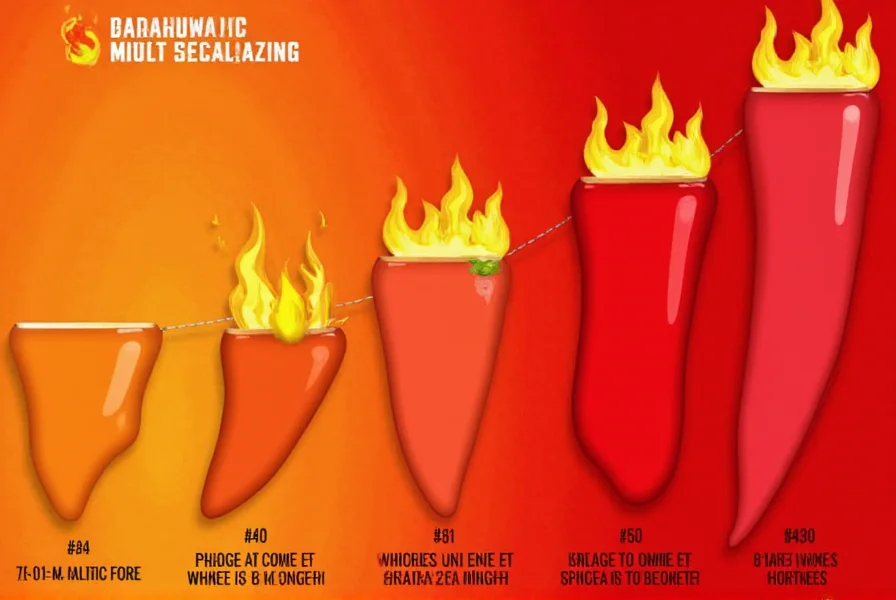

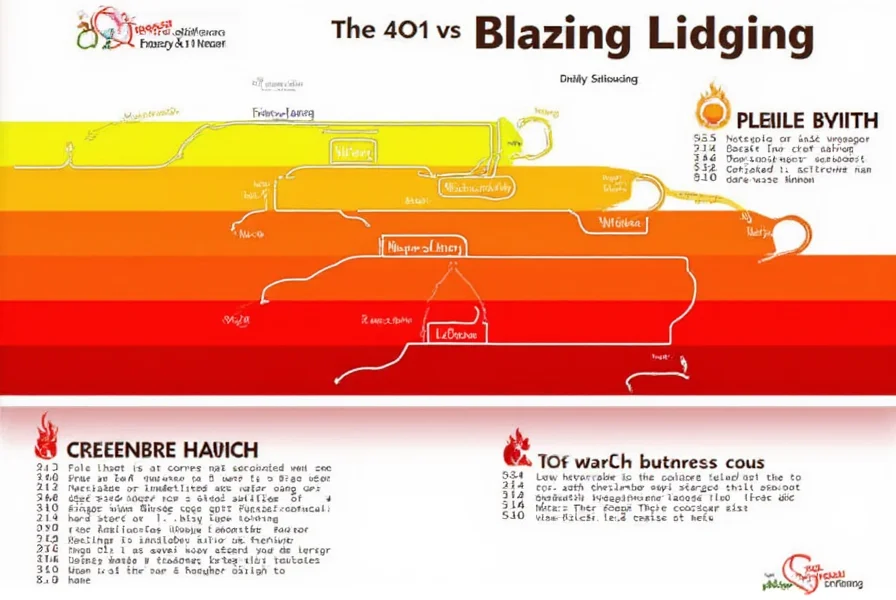









 浙公网安备
33010002000092号
浙公网安备
33010002000092号 浙B2-20120091-4
浙B2-20120091-4